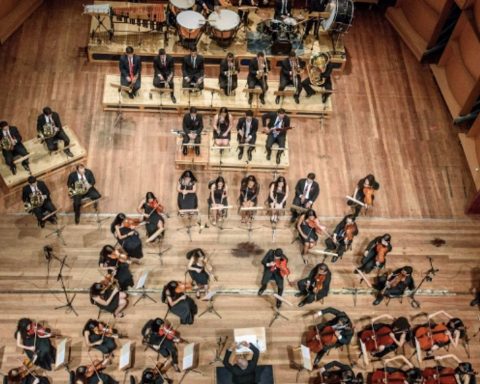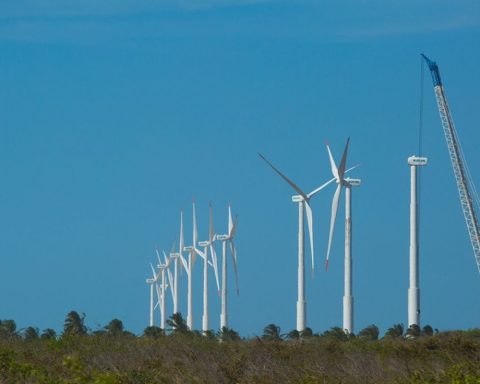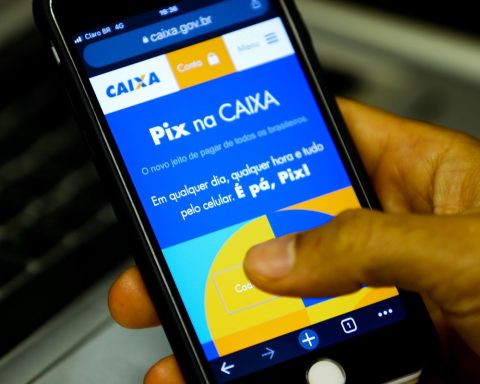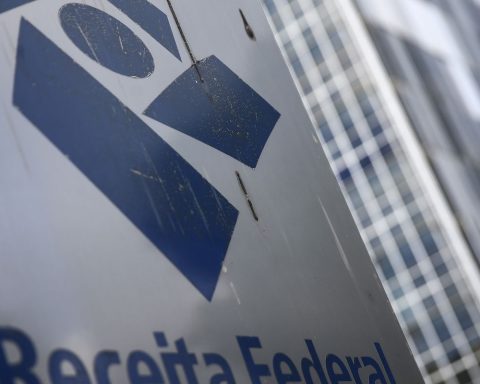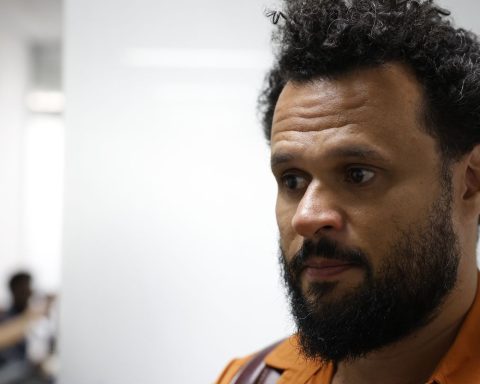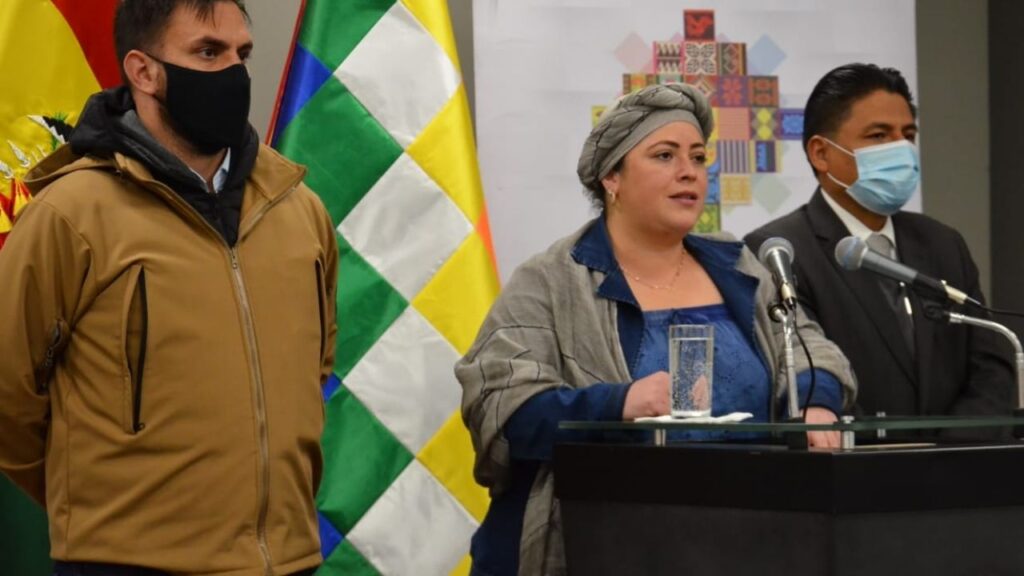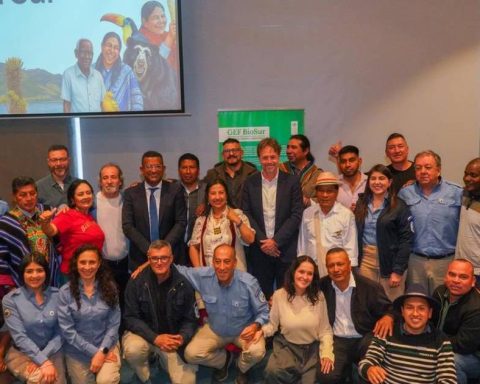The total production of the Brazilian mineral sector reached, last year, 1.150 billion tons, showing an increase of 7% over the 1.073 billion tons of 2020. The sector’s global revenue reached R$ 339 billion, 62% more compared to R$ $209 billion recorded in the previous year. By state, the highest revenues were observed in Pará, with R$ 146.6 billion (+51%); Minas Gerais, R$ 143 billion (+87%); and Bahia, R$9.5 billion (+67%). Pará’s share of global revenue fell from 46% in 2020 to 43% in 2021, while Minas Gerais’ share rose from 37% to 42% in the same period.
The information was released today (1st) by the Brazilian Mining Institute (Ibram). The strong price increase of the main commodities minerals, combined with the appreciation of the dollar, explains the growth in revenues, said the president of the Ibram Board of Directors, Wilson Brumer. commodities are agricultural and mineral products traded on the international market. According to Brumer, there was a drop in the price of iron ore between June and November 2021, but even so, the average was 47.5% higher than that of 2020. The expectation for 2022 is to reach numbers similar to those of 2021.
Ore
Iron ore accounted for 74% of the sector’s global revenue in 2021, against 66% in 2020, followed by gold (8%) and copper (5%). The data presented show that Brazilian exports rose 34% last year, while national mineral exports grew 58.6%, from US$ 36.5 billion in 2020 to US$ 58 billion in 2021. an importing sector, mineral imports increased by 120.8% last year, from US$ 4.1 billion to US$ 9.1 billion. Brazilian imports expanded by 38.2% in 2021 against 2020. The mineral balance increased by 50.7%, while the trade balance increased by 21.5%. According to Ibram, the mineral balance is equivalent to 80% of Brazil’s balance in 2021. In 2020, this value was 64.4%.
In 2021, Brazil exported 357.7 million tons of iron ore, against 341.6 million tons in the previous year. Together, iron ore, gold and copper accounted for 91.8% of exports in dollars. The main destinations for iron ore from Brazil were China (68%), Malaysia (6.4%) and Japan (3.6%). The main product imported by the sector was metallurgical coal, with an increase of 25% in tons. The main supplying countries for this product were Colombia (27%), the United States (26%) and Australia (24%).
taxes
Ibram’s CEO, Flávio Ottoni Penido, reported that due to the increase in revenue, member companies collected 62% more total taxes, from R$66 billion to R$72.1 billion, from 2020 to 2021 In terms of Financial Compensation for the Exploration of Mineral Resources (CFEM), the increase was 69.2%, rising from R$6.08 billion to R$10.29 billion. About 85% of CFEM’s collection was due to iron ore.
Penido said that the municipalities that collect more CFEM improve their Human Development Index (HDI) and 9 of the 15 largest collectors of this tribute even surpass the state’s HDI. This is the case, for example, of Parauapebas, whose HDI reaches 0.715, against Pará’s HDI of 0.646. CFEM’s share in the municipality’s revenue is 40%.
The director-president of Ibram announced that he signed today (1st) with the Association of Mining Municipalities of Minas Gerais and Brazil (Amig) and with the mayor of Nova Lima a cooperation agreement for the economic diversification of mining cities that are exhausted from mines . The objective is to prepare the municipalities for further economic diversification.
The mineral sector directly employs 200,393 people, accounting for 8% of the country’s total employment, against 6.3% for industry. The investments planned for the mineral sector from 2021 to 2025 total US$ 41.3 billion, of which US$ 6 billion are socio-environmental investments and US$ 35.3 billion in production and infrastructure. Of this total, 47% are under execution, or the equivalent of US$ 19.046 billion. Already programmed investments add up to 53% (US$ 21.951 billion). The mining sector is able to grow more and attract more investment, said Wilson Brumer. The main investments planned are in iron ore (US$ 12.8 billion), bauxite (US$ 6.484 billion) and fertilizers (US$ 6.388 billion).
environmental actions
In order not to repeat the tragedies of Mariana and Brumadinho, the chairman of the Board of Directors of Ibram highlighted that the Commitment Letter signed by the institute is evolving in environmental actions until 2030, following the ESG (environment, social and governance) concept. A survey carried out with member companies identified 50 themes or areas to achieve the ESG goals by 2030, with investments of over US$ 18 billion between 2022 and 2030.
Among the goals agreed by the companies are to increase the number of protected areas by 10%, reduce water consumption by 10%, work for the accident rate to be 0%, reduce energy consumption by seeking alternative renewable sources, double the inclusion of women and people with disabilities in companies and even in leadership positions.

